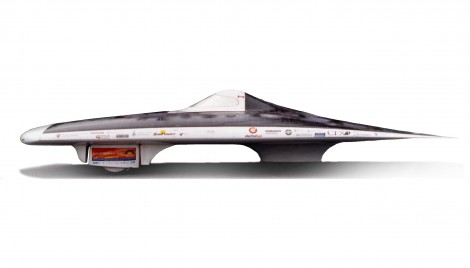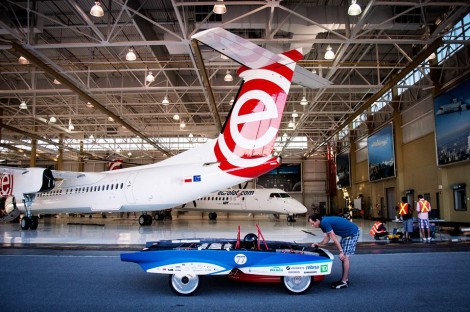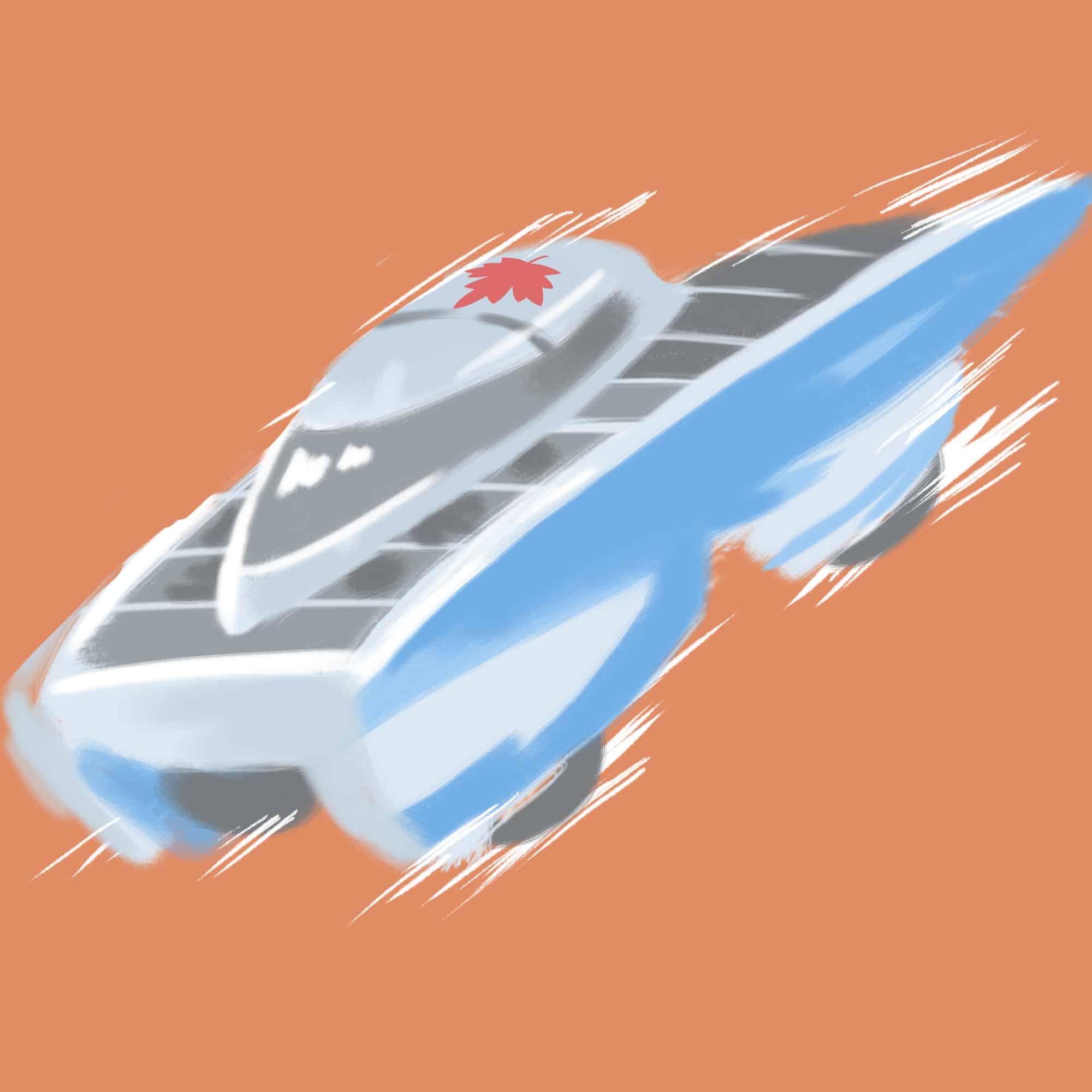The Australian outback is a vast, dry, and sun-stricken environment. The University of Toronto students who make up the Blue Sky Solar Racing team are set to experience these arid conditions in October 2013 as they race their new solar-powered car for 3000 kilometres across the outback.
The 2013 race will be the fourth time that the team crosses the Australian outback in the World Solar Challenge. The challenge started in 1987 and requires teams from all over the world to travel between Darwin and Adelaide, a desert span along the Stuart Highway. The highway represents a significant driving challenge, and it is not recommended to drive the whole span without proper supplies and equipment. However, it provides optimal conditions for solar racing because the hot Australian sun is hardly ever disrupted by cloud coverage.
Solar energy technology is an emerging field at many universities. With climate change and certain non-renewable resources running out, it is becoming very important for research in the field to be conducted. Students on the Blue Sky team have a passion for sustainability and creating new, environmentally-friendly technologies — an ethic which they’ve incorporated into their solar-powered race car. It is their goal and mission to educate, innovate, and inspire the future development of renewable energy and sustainable technology.
The Blue Sky Initiative began in 1997, and includes students from across the university, including from the Applied Science and Engineering and Arts and Science faculties as well as the Rotman School of Management.
“We go to the UTSU clubs day at the beginning of the year to begin recruitment,” explains Tiffany Hu, a third-year mechanical engineer and chief advancement officer of the Blue Sky team. “Starting last year we started Solar Car 101 Seminars where every week the team does a presentation on a certain section of the car.” Seminars last about eight weeks and are where current team members begin selecting ambitious and dedicated students to help with the construction of the car. “Once you’ve been on the team for one or two years, you can take on a bigger role such as team lead for mechanical or electrical,” Hu explains.
The challenge pushes students to use skills learned in the classroom, including design, construction, engineering, energy technologies, and communication. “When you’re in school, a course can teach you mechanisms, [another]course teaches you materials, but when you’re on the team … you have to put everything together!” Hu says. “It’s a type of systems integration you don’t learn in school… So you reach a point where everyone is always arguing with each other, but at the end of the day it’s the point of the project!”
Throughout the 16-year history of the initiative, Blue Sky has created six solar-powered cars, and raced across America and Australia several times. Past races have brought enormous pride to the university and have had the support and encouragement of a variety of faculties across U of T.
The beginnings of Blue Sky
Blue Sky has been a student-run group since its inception, but faculty members are involved. In 1996, co-founders Dan Foisy and Kevin Quan, along with an overwhelming number of volunteers and supporters, were able to impress the engineering faculty’s dean, Michael Charles, and the faculty became involved in the project. After eight short months, the team had created the Blue Sky Project and was on its way to its first race.
The first car produced by the initiative was not an automatic success, as it was rejected from the 1997 Sunrayces and the World Solar Challenge. However, the team was not discouraged and acted as observers at both races. After taking a look at the competition for these races, the team was able to modify their car to meet those standards.

Faust was the first Blue Sky Car to compete in the World Solar Challenge. PHOTO COURTESY BLUE SKY SOLAR RACING
Faust, the third-generation car for the team, focused on a new cutting edge design to allow the team to compete internationally. The main focus was to minimize drag and weight to create a high-quality, aerodynamic car. Different from the previous two cars, Faust’s design had only three wheels to reduce resistance and the total weight of the car. Faust also used a battery with the highest energy density available in the world at the time, which was developed in Toronto.
In 2001, Faust was the first Blue Sky car to compete in the World Solar Challenge race in Australia. The rookie team placed 14th The team’s third race — their first across the Australian outback — was received well by the entire U of T population. U of T students would vote yes that year on a ¢25 student levy to help fund the initiative.
Bombardier and beating MIT

The B-7 is quite small compared to its neighbours in the Bombardier hanger. PHOTO COURTESY BLUE SKY SOLAR RACING
Blue Sky has improved its standing at each of the five races since Faust’s 2001 performance. Over the team’s history, different sponsors have helped contribute to its success. “If you look at the car, the biggest sponsors are the ones with the biggest logos,” Hu notes. “However, Bombardier has been our sponsor since the beginning, giving us not only money, but testing facilities, advice on construction, production facilities. We make the car in a bay at Bombardier right next to where they are making planes!”
The last time Blue Sky raced was in 2011, at the World Solar Challenge. Chief engineer Ahthavan Sureshkumar chuckles when remembering the team’s 24th-place finish: “We did beat MIT and Cambridge.” This year, the team hopes to place in the top five.
Solar car technology and sustainability
Blue Sky’s B-7 car is fully solar-powered, using PV cells to convert sunlight into electricity. This type of engineering is typically only used for one-person cars that are used for racing. Presently, there is no passenger car that fully runs on solar electricity. The Toyota Prius offers a solar paneled roof option, which helps cool and ventilate the car. This is far from carbon neutral, but is a step forward in creating cars that can improve the global energy crisis. The Tesla Motors line of fully-electric cars is one of the more practical city electric driving vehicles. However, the cost of owning one of these cars is extremely high. Research on sustainable technologies and systems may lead to cheaper prices in the future. Because of their focus on practical applications of sustainable ideas, initiatives like Blue Sky play an important role in the drive towards affordable sustainability.
With files from Emily Ma.



